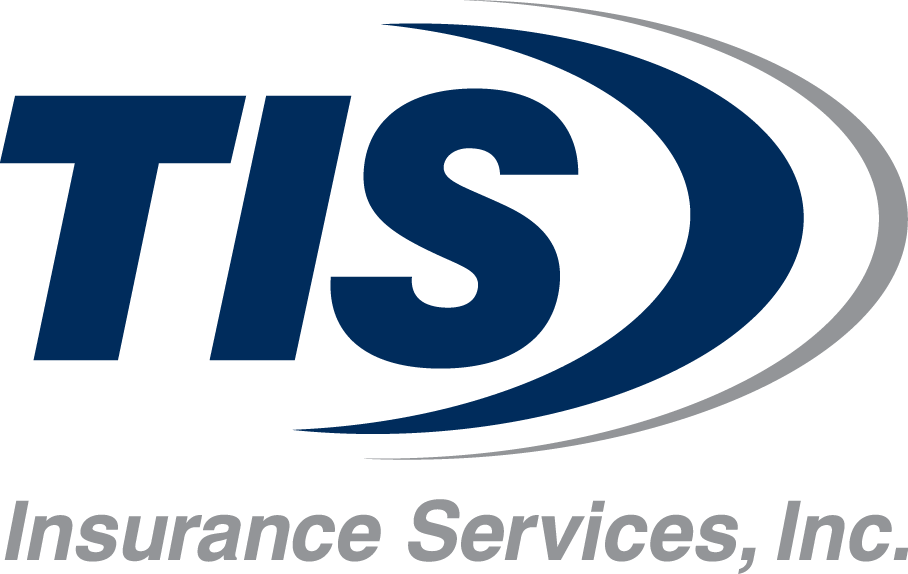As the new year begins, businesses across the U.S. must prepare for one of the most critical compliance deadlines on the calendar: submitting the OSHA Form 300A. This key requirement applies to many employers and plays an essential role in ensuring workplace safety transparency. Here’s everything you need to know to stay compliant and avoid penalties.
What Is OSHA Form 300A?
The OSHA Form 300A is a summary of workplace-related injuries and illnesses recorded throughout the previous calendar year. It provides a high-level overview of workplace incidents, offering insights into safety performance and trends. This form does not include personal employee information, but it aggregates data such as:
- Total number of work-related injuries and illnesses
- Number of days employees were away from work or transferred to another job due to injuries
- Injury/illness categories
Employers must complete the form even if no incidents occurred.
Who Needs to Submit Form 300A?
Most employers with 10 or more employees are required to maintain OSHA injury and illness records. However, specific low-risk industries may be exempt. Additionally, certain employers in high-risk sectors are required to electronically submit their Form 300A data through OSHA’s Injury Tracking Application (ITA).
Key industries include:
- Construction
- Manufacturing
- Healthcare
- Warehousing and Transportation
Employers unsure of their requirements can review OSHA’s recordkeeping guidelines or consult with an HR compliance expert.
Important Deadlines for 2025
The 300A form must be:
- Posted in the workplace by February 1st, 2025, and remain visible to employees until April 30th.
- Electronically submitted via OSHA’s ITA portal by March 2nd, 2025, for employers required to report online.
Failing to meet these deadlines can result in steep penalties and potentially damage your organization’s compliance record.

Best Practices for Compliance
To ensure you meet OSHA requirements, follow these steps:
1. Review and Update Records
Confirm all 2024 incidents are accurately recorded on your OSHA Form 300 (Log of Work-Related Injuries and Illnesses).
2. Verify Data for Accuracy
Before completing Form 300A, double-check totals for days away from work, restricted activities, and injury classifications. Accuracy is crucial to avoid compliance issues.
3. Post the Form in a Prominent Location
Make sure employees can easily view the 300A summary in break rooms, common areas, or online employee portals.
4. Submit Electronically (if required)
Log in to OSHA’s ITA portal and follow the submission instructions well before the March 2nd deadline to avoid last-minute technical issues.
5. Train Your Team
Educate HR and safety managers about recordkeeping requirements to streamline the process in future years.
Learn More About OSHA Recordkeeping Requirements
For comprehensive information on OSHA’s recordkeeping requirements, including Form 300A, please visit OSHA’s official Recordkeeping page:
- OSHA Recordkeeping and Reporting Requirements: https://www.osha.gov/recordkeeping
This resource provides detailed guidance on maintaining and submitting records of work-related injuries and illnesses, ensuring your organization remains compliant with OSHA standards.
Additionally, for direct access to the Injury Tracking Application (ITA) for electronic submissions, you can visit:
- OSHA Injury Tracking Application (ITA): https://www.osha.gov/injuryreporting/
These resources will assist you in accurately completing and submitting the necessary forms by the required deadlines.
What Happens If You Miss the Deadline?
Non-compliance with OSHA deadlines can lead to significant fines, ranging from $15,625 per violation to even higher penalties for willful or repeated offenses. Beyond financial consequences, failure to comply may draw unwanted scrutiny from regulators, harming your company’s reputation.
How TIS Insurance Services Can Help
Staying on top of OSHA deadlines and compliance can be overwhelming, but you don’t have to go it alone. At TIS, our team can provide tailored risk management strategies and compliance support to help you navigate workplace safety regulations with confidence.
Contact us today to ensure your OSHA compliance efforts are on track and protect your organization from unnecessary risks.
Final Thoughts
The OSHA 300A deadline is not just about meeting regulatory requirements—it’s an opportunity to evaluate workplace safety and foster a culture of accountability. By proactively addressing this requirement, your organization demonstrates its commitment to protecting employees and maintaining a safe work environment.
Mark your calendars and take action today to meet the February 1st and March 2nd deadlines.






